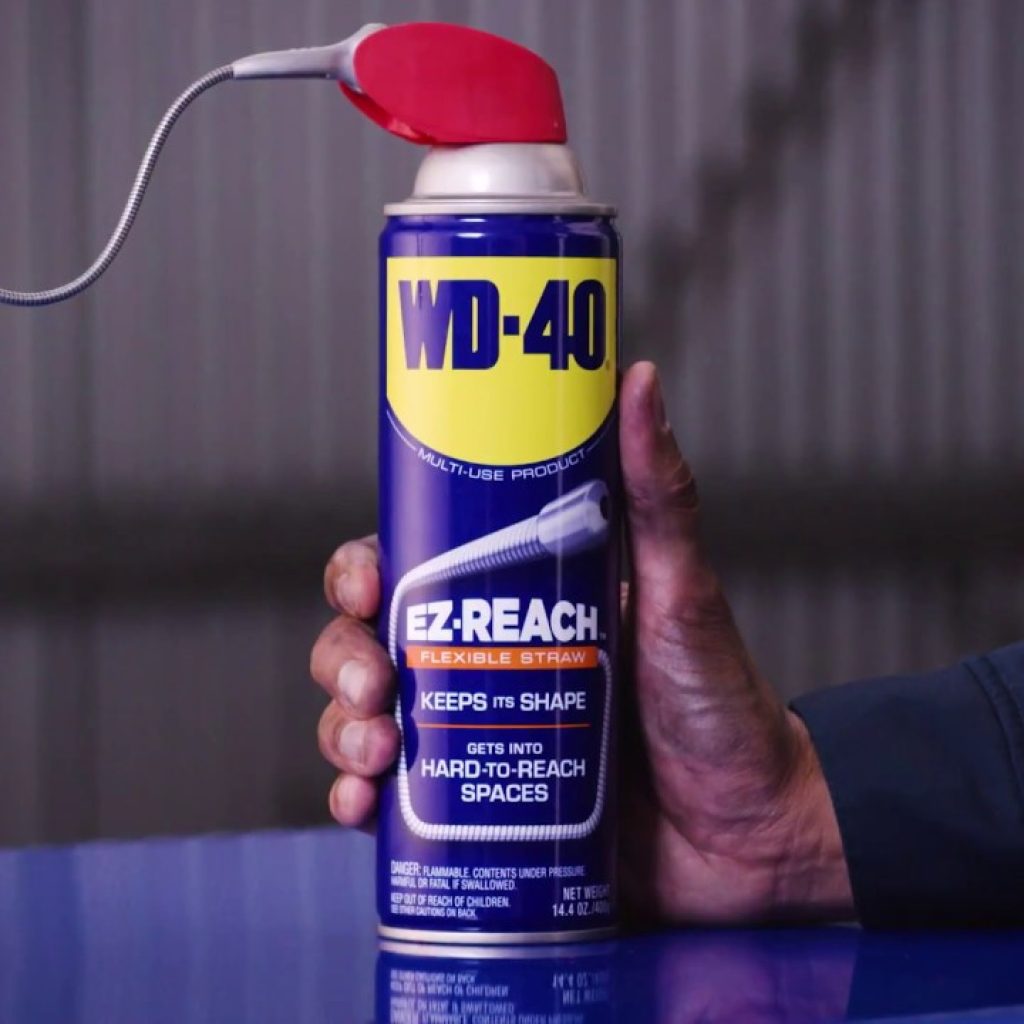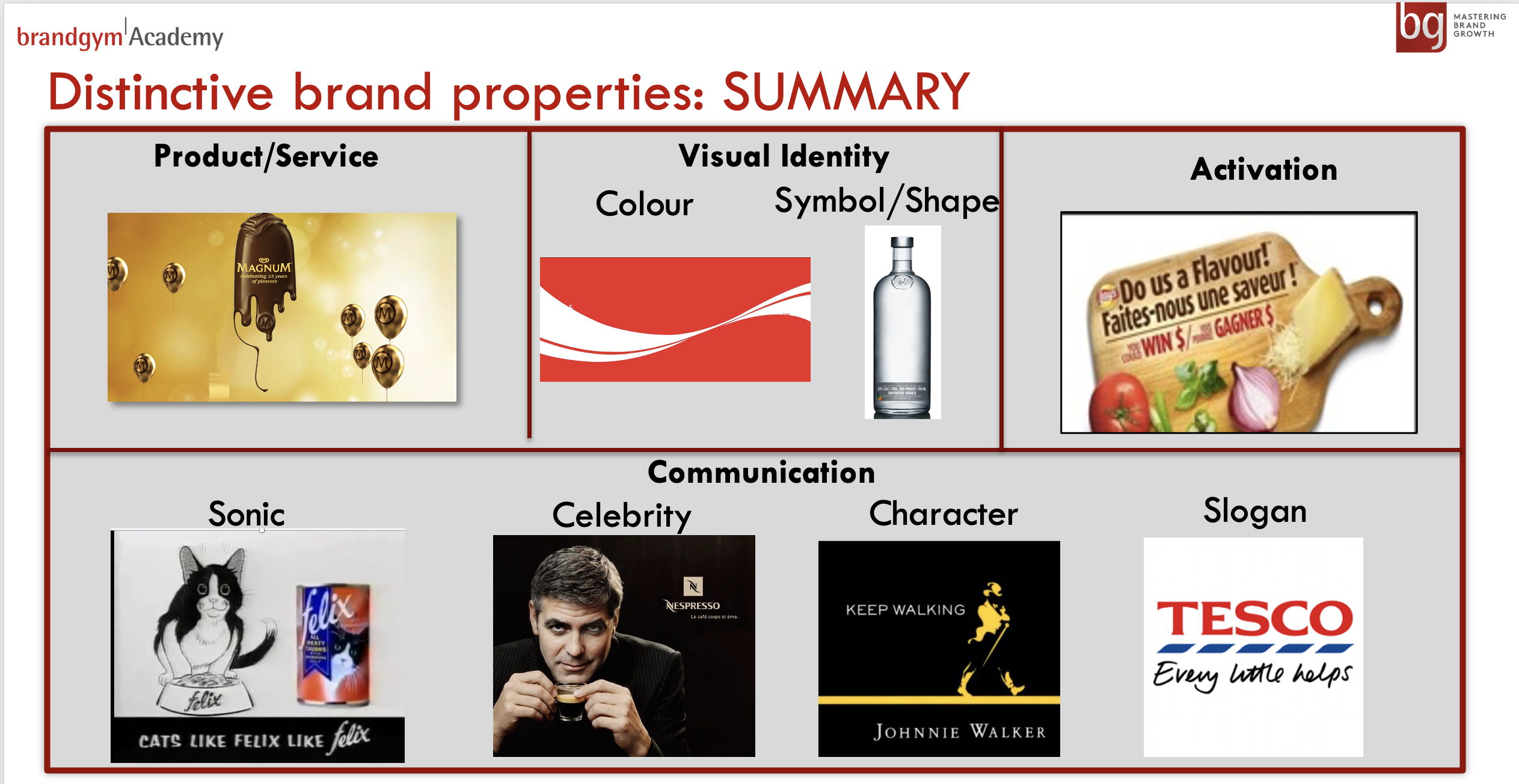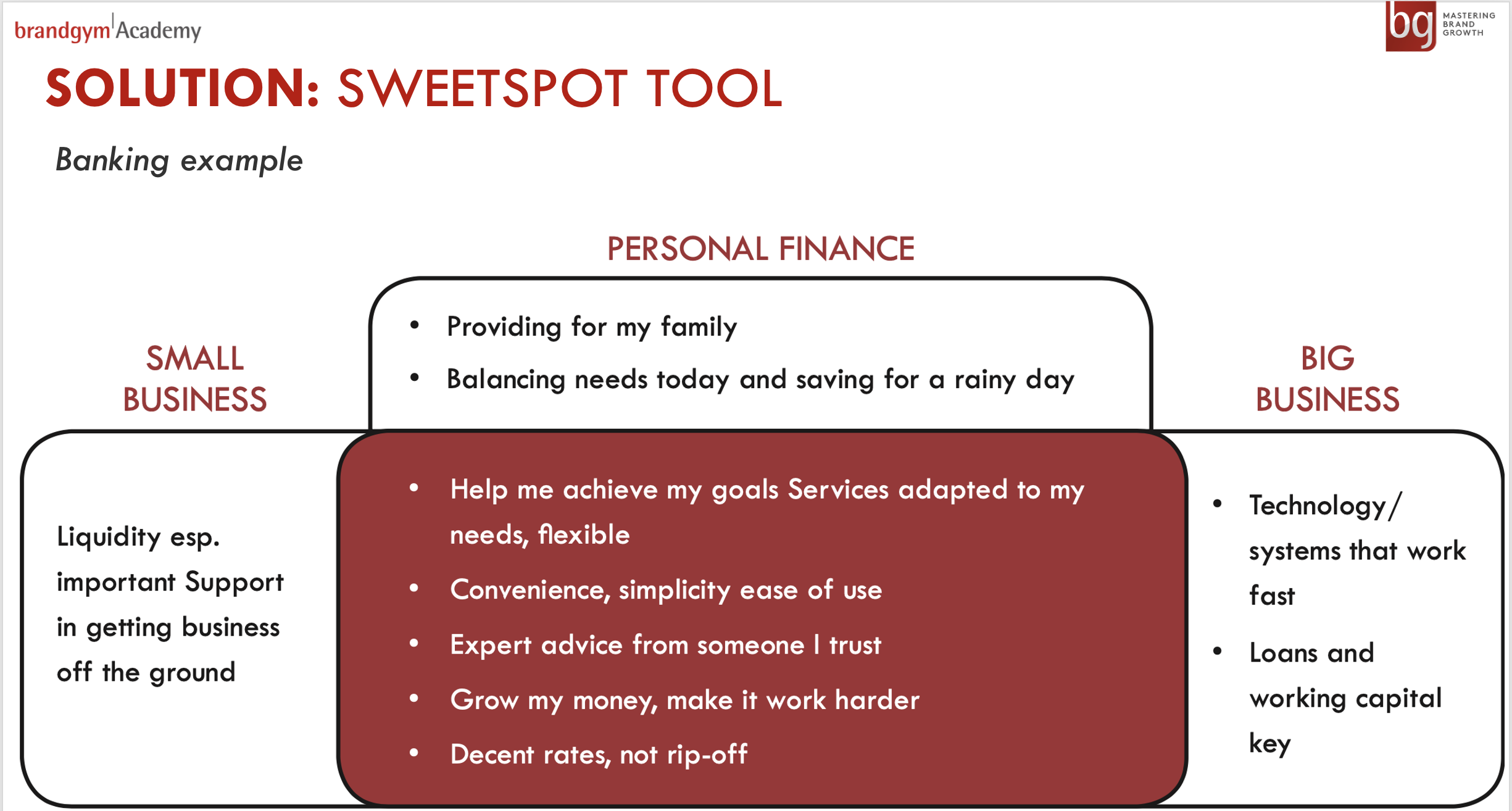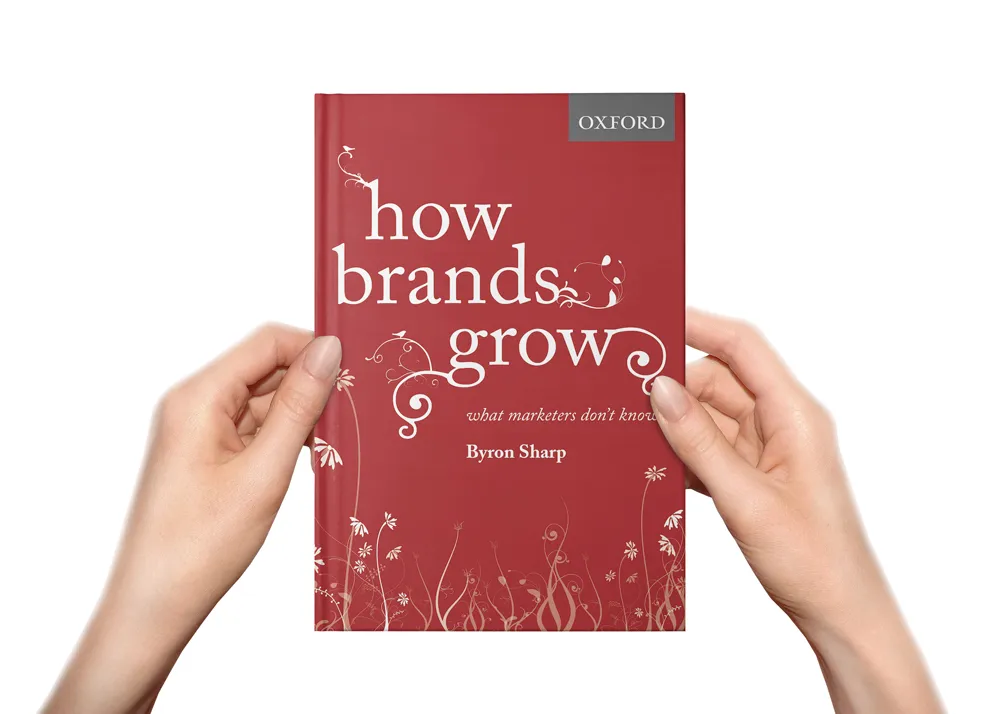How Brands Grow first came on my radar back in 2011. I saw one of the first UK talks by author Byron Sharp, at the IPA. The bespectacled Aussie professor almost created a riot with his provocative, uncompromising ‘laws’ of how brands grow. “Loyalty is a myth!”, “Differentiation doesn’t exist!”, “Segmentation is useless!” “So called experts like Kotler and Aaker are no better than medieval doctors!” The thought-bombs continued to rain down on us.
I wrote two blog posts on the talk which created some animated online debate with Byron. The first post here was about “What’s right in How Brands Grow?” The second post here which was “What’s wrong or missing?” I got an email of support from an irate Mark Ritson, who suggested joining forces to challenge Byron’s laws.
The key point in the latter post was that the book was light on practical tips on how to implement the laws. “Newton’s laws (of gravity) don’t tell Boeing how to build a Dreamliner,” responded Prof Byron. In other words, the book gives the laws, it’s up to you to apply them. So, we decided to help teams do just this, as part of our brandgym offer. In this post I share some leaning from implementing the rules of how brands grow over the last 11 years. This covers both brandgym projects and training on brandgym Academy programs, including the Grow the Core short course.
If you’d like to explore how to grow brands, our next webinar on How to Create Brand-Led Growth is on 22.2.22 and you can sign up HERE
1. Practical ways to drive penetration
The biggest bombshell from How Brand Grow back in 2011 was that brands have similar levels of loyalty: what makes brands grow is penetration. Bigger brands do have slightly higher loyalty (the double jeopardy law).
To help teams work on driving penetration we created a Core Growth Driver tool (below).This takes the core principles of distinctiveness (for ‘mental availability’) and distribution (for ‘physical availability’) and breaks each down into sequential steps. The idea is to work through these drivers in order and avoid jumping straight to the last step, core brand extension. I’ve found this to be a useful framework to use in workshops and training programs.

2. A second way to grow: PREMIUMISATION
A big gap in the How Brand Grow rule book, that I pointed out in the 2011 post, is that it focuses solely on VOLUME growth. It misses out a whole aspect of brand growth which is premiumisation: creating relevant renovation that supports a premium price. You see this second way to grow in the centre of our Core Growth Driver tool. WD-40 Company are experts at delivering the ‘double whammy’ of penetration and premiumisation through packaging innovation. I posted here on examples including WD-40 Smart Straw and WD-40 Ez Reach (below)

3.Treasure AND measure distinctive brand assets
How Brands Grow raised awareness of the importance of creating and amplifying distinctive brand properties such as logos, music, colours, slogans to build ‘distinctive memory structure’. This memory structure is key to people choosing your brand at the moment of truth when the buy. Whilst most marketers buy Byron’s principle here, implementing it seems hard. On most brandgym projects we still see a tendency to focus on newness, chopping and changing brand properties.
The practical learning here is to make distinctive brand assets a strategic priority. First, use a tool capture them as part of your brand strategy toolkit (see example below). Second, we recommend measuring your brand assets so that any decision to change or drop a brand property is based on data. We use a method called IcAT (Iconic Asset Tracking) to do this on our projects.

4.Fresh consistency, not repetition
How Brands Grow suggests that communication should focus solely on reinforcing memory structure to keep a brand top of mind. “Many brands are already successful. They do not have anything to say that the market does not already know,” he says. The flaw with this rule is that it can lead to to predictable and repetitive marketing.
Brands do need consistency. But they also need freshness. The practical challenge is getting the right balance between these two. On projects and in our brandgym Academy training we encourage teams to create replicable brand properties that can be refreshed on a regular basis. One example is Carling Black Label’s Be the Champion Coach campaign, where users pick the teams to play in a real life soccer derby match. The campaign is now in its 10th year and still going strong, thanks to annual upgrades to keep the campaign fresh. For example, being able to vote for the whole team by buying a multi-pack of Carling.

5.Core consumer target portraits ARE useful
How Brands Grow showed that brand user profiles within categories are very close and so it’s important to aim for reach of a broad audience and avoid targeting. Whilst driving reach is key, my practical learning on projects suggest there is still a role for defining a clear core target consumer.
Having a clear core consumer target defines the attitudes, needs and values of the most important people you want to appeal to. Looking at secondary targets can then highlight the ‘sweetspot’ of shared needs the masterbrand can focus on (see below). This ensures your masterbrand is single-minded and not ’scizophrenic’: being totally different things to different people. The specific needs of certain groups can be addressed via targeted marketing.
I posted here on different types of target (Core Positioning, Portrayed, User).

6.Growing frequency CAN work
One rule in How Brands Grow is that you can’t increase loyalty measures such as frequency or weight of purchase: the only way to grow in penetration, as discussed earlier. However, you can grow by changing the frequency of purchase of the CATEGORY, a subject missing altogether in Byron’s book. This approach makes sense when you are the category leader, as you will benefit the most from any growth in the category overall. For example, Oatly grew the oatmilk category as a whole, increasing frequency of purchase, as I posted on here.
In conclusion, in the 11 years since first seeing Byron Sharp’s talk the principles of how brands grow have proved powerful, provided you apply them as part of your marketing toolkit, rather then sticking to the rules religiously!
To explore how to apply the principles of How Brands Grow, click here to join the waitlist for the next Mastering Brand Growth program in April, where we do just that over 8 weeks.
If you’d like more info on the brandgym Academy Mastering Brand Growth program, simply pop your name and email in the form below
